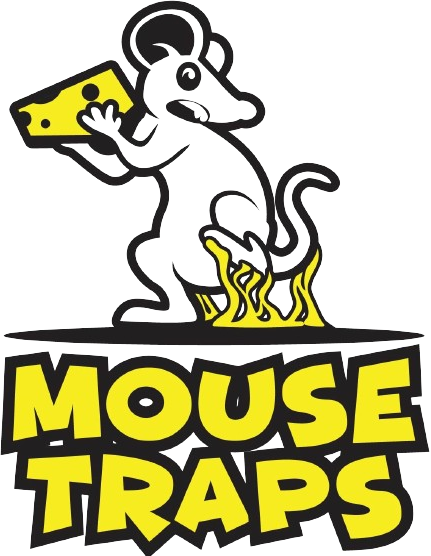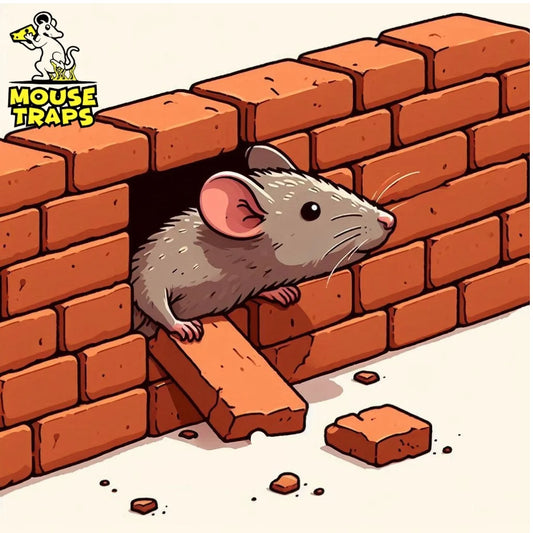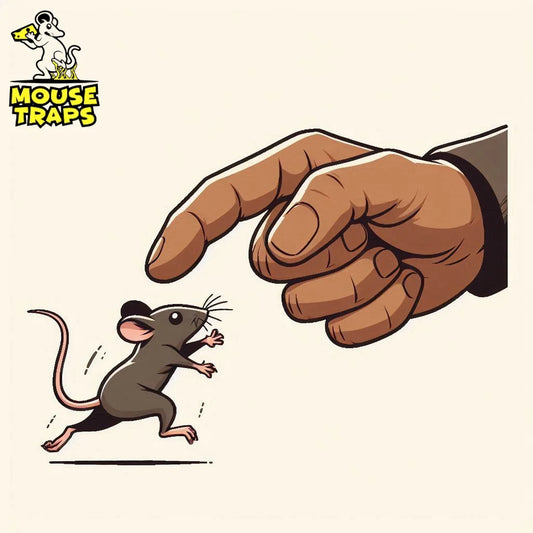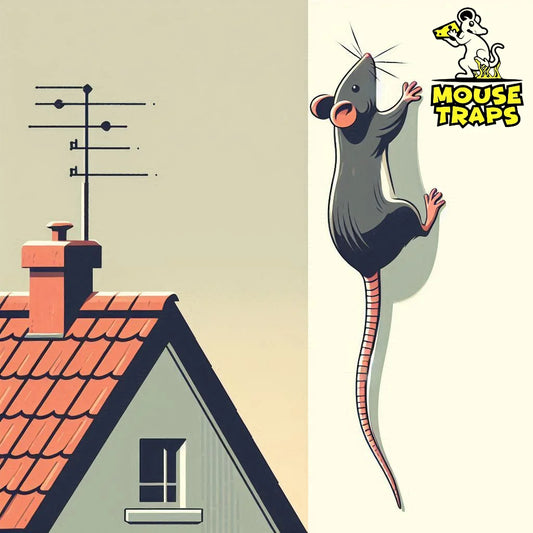Introduction:
Rodent control substances are commonly used to regulate populations, in settings such as urban areas, agricultural lands and industrial sites. While effective in controlling rodents their use, near bodies of water or natural habitats raises issues. From polluting water to harming other animals through secondary poisoning, the impact of rodenticides goes beyond just the rodents they target. This article delves into the risks linked to utilizing rodenticides to water sources and natural habitats.
Possible Risks:
Water Contamination:
- Rodenticides can enter water bodies through various pathways, including surface runoff, leaching into groundwater, or direct application near water sources.
- Once in the water, rodenticides can dissolve and disperse, contaminating the aquatic environment.
- Common rodenticides such as anticoagulants (e.g., warfarin, brodifacoum) are particularly concerning as they can persist in the environment for extended periods.

Bioaccumulation:
- Rodenticides can accumulate in organisms at various trophic levels in the food chain. Predators that consume poisoned rodents are particularly susceptible to accumulating these toxins.
- As predators consume multiple poisoned prey over time, the concentration of rodenticides in their bodies can increase, leading to potential health issues and even death.
- This occurrence may lead to biomagnification causing a rise, in toxin levels, at levels, which can pose a heightened danger to apex predators.

Secondary Poisoning:
- Secondary poisoning occurs when animals consume poisoned prey, such as rodents, and subsequently become exposed to the rodenticides.
- Predators that scavenge or prey on rodents, such as birds of prey (e.g., owls, hawks), carnivores (e.g., foxes, coyotes), and scavengers (e.g., raccoons, opossums), are at risk of ingesting these toxins.
- This could result in a number of deaths, among species causing a disturbance in the natural balance between predators and prey, in the ecosystem.

Impact on Non-target Species:
- Rodenticides are designed to kill rodents but can unintentionally harm a wide range of non-target species.
- Animals that scavenge or prey on rodents, as well as those that share habitats with rodents, are at risk of exposure.
- Animals not intended for control may consist of meat eaters, those, with diets animals that scavenge for food and even household pets causing impacts, on the environment and possibly reducing populations.

Habitat Destruction:
- Some rodenticides can persist in the environment for extended periods, leading to habitat contamination and degradation.
- Repeated exposure, to rodenticides over time can disrupt the equilibrium of ecosystems impacting processes such, as circulation, soil health and the growth patterns of plants.
- Habitats that are polluted might not be as good, for the species making the loss of biodiversity worse and causing instability, in the ecosystem.

Regulatory Issues:
- Regulatory bodies, such as environmental protection agencies, often impose restrictions and guidelines on the use of rodenticides to mitigate environmental risks. Noncompliance, with rules or improper use of rodenticides in proximity to ecosystems may lead to legal repercussions, such, as fines and sanctions.
- Individuals or organizations handling or using rodenticides may need to undergo training and certification to adhere to guidelines and industry norms.

Note:
All these are the risks can be caused by rodenticides (rat poison), that is why we advice you to move towards the best approach to get rid of rodents. Live Humane mouse Traps and Sticky Glue Pad Trap are the traps with unique features. All of their features are give below;
Live humane traps are designed to capture rodents alive without causing them harm. These traps typically consist of a box or cage with a trigger mechanism that closes the door or entrance when the rodent enters to access bait. Once captured, rodents can be safely relocated to a suitable habitat away from human dwellings.

Sticky glue pads, on the other hand, immobilize rodents upon contact with a sticky adhesive surface. While not as humane as live traps, sticky glue pads are considered a non-lethal option as they do not directly harm the rodent. However, proper disposal or humane euthanasia may be necessary to prevent prolonged suffering.
Click Here To Buy Sticky Pad Traps
Benefits:
Targeted Pest Removal: Live humane traps and sticky glue pads allow for the targeted removal of rodents without the risk of harming non-target species. These methods specifically target rodents while minimizing the impact on other wildlife that may inhabit the area.
Reduced Environmental Impact: Unlike rodenticides, which can contaminate water sources, soil, and vegetation, live humane traps and sticky glue pads pose minimal risk to the environment. They avoid introducing substances into the environment, which helps prevent water and habitat pollution.
Prevention of Secondary Poisoning: Live humane traps and sticky glue pads eliminate the risk of secondary poisoning, which occurs when non-target species consume poisoned rodents. By refraining from using rodenticides these approaches safeguard predators, scavengers and other wildlife, from contact, with substances.
Humane Treatment of Rodents: Live humane traps provide a more humane approach to rodent control by capturing rodents alive, allowing for their safe relocation or release back into their natural habitat. Similarly, while sticky glue pads are not ideal for live capture, they immobilize rodents without causing them significant harm or suffering.
Ethical Considerations: Using live humane traps and sticky glue pads aligns with ethical considerations related to animal welfare and compassionate pest management practices. These approaches focus on ensuring the welfare of rodents and other wildlife recognizing their worth and entitlement, to a life, from undue suffering.
Safe for Indoor Use: Live humane traps and sticky glue pads are safe for use indoors, making them suitable for controlling rodent infestations in homes, businesses, and other indoor environments. When compared to rodenticides which may endanger health if accidentally consumed or exposed to these techniques provide an option, for managing indoor pests.
Ease of Monitoring and Control: Using traps and sticky glue pads makes it simple to keep track of movements letting individuals evaluate how well their pest control methods are working and make any necessary changes. This instant feedback can stop problems from getting worse. Encourage a proactive approach, to managing pests.
Conclusion:
Using rat poisons, near bodies of water and natural habitats can be detrimental, to the environment. This involves contaminating water accumulating toxins, in living beings causing harm to species disrupting habitats and creating challenges. To reduce these risks it's important to focus on using methods, for controlling pests and following environmental conservation practices. By adopting methods of management we can safeguard habitats conserve wildlife and establish a setting, for future generations.




